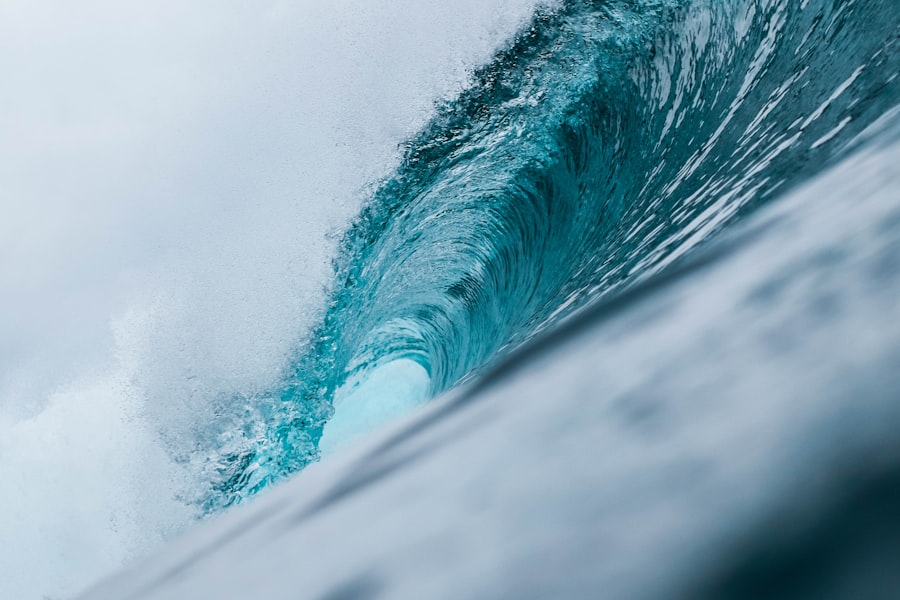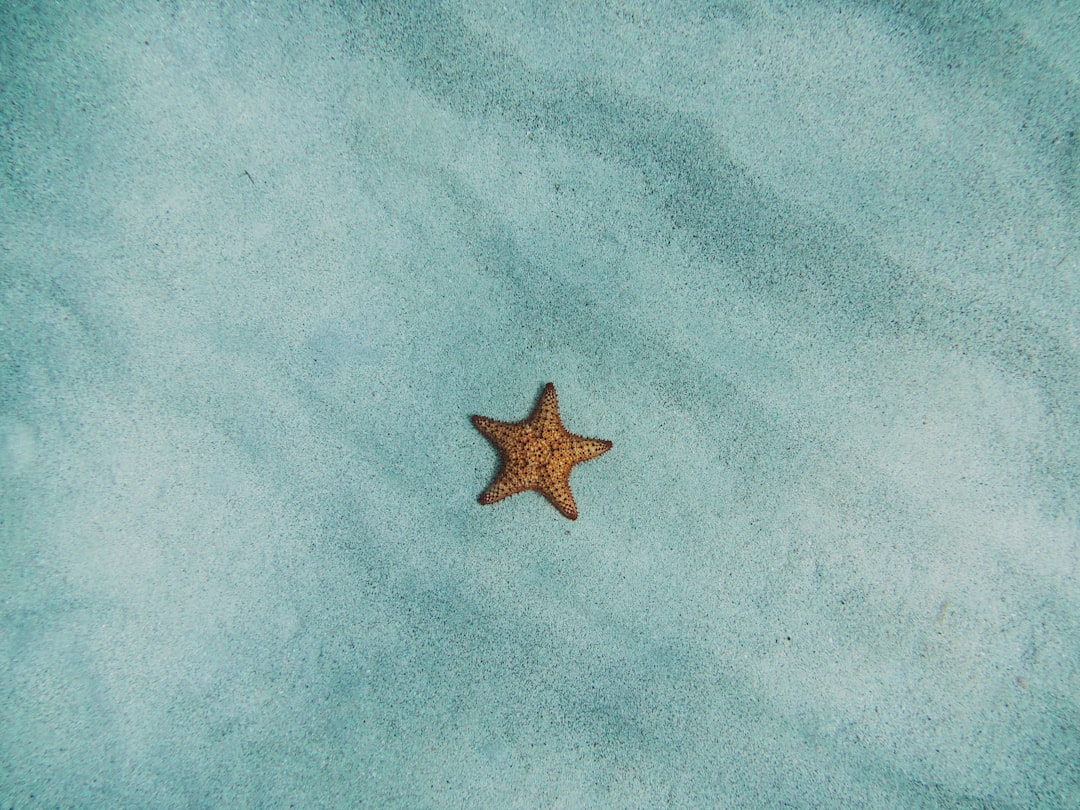The Drake Passage, known for its tumultuous waters and unpredictable weather, is a notorious stretch of ocean that separates South America from Antarctica. For many travelers, the journey through this passage can be both exhilarating and daunting. However, one of the most common challenges faced by those embarking on this adventure is sea sickness.
This condition arises when the inner ear, eyes, and deeper body parts send conflicting signals to the brain about motion. As the boat sways and rolls with the waves, the brain struggles to reconcile these mixed messages, leading to symptoms such as nausea, dizziness, and vomiting. Understanding the mechanics of sea sickness is crucial for anyone planning to traverse the Drake Passage.
The severity of symptoms can vary significantly from person to person, with some individuals experiencing mild discomfort while others may find themselves incapacitated. Factors such as the size of the vessel, weather conditions, and individual susceptibility all play a role in determining how one might react to the motion of the sea. Recognizing these elements can help travelers prepare mentally and physically for the journey ahead, allowing them to enjoy the breathtaking views and unique wildlife that the region has to offer.
Key Takeaways
- Sea sickness in Drake Passage is caused by the combination of strong winds, currents, and the meeting of the Atlantic and Pacific Oceans.
- Preparing for the journey involves packing appropriate clothing, staying well-rested, and avoiding heavy meals before departure.
- Choosing the right medication for sea sickness includes consulting a doctor for prescription options and considering over-the-counter remedies like antihistamines.
- Staying hydrated and nourished is essential for combating sea sickness, so passengers should drink plenty of water and eat light, easily digestible meals.
- Finding the best spot on the boat, such as the middle or lower deck, can help reduce the effects of sea sickness by minimizing motion.
Preparing for the Journey
Preparation is key when it comes to minimizing the effects of sea sickness during a voyage through the Drake Passage. Travelers should begin their preparations well before setting sail. This includes researching the expected weather conditions and sea state during their trip.
Understanding that the Drake Passage can be particularly rough at certain times of the year can help individuals choose a more favorable time for their journey. Additionally, packing appropriate clothing and gear for varying weather conditions is essential, as being cold or wet can exacerbate feelings of nausea. Moreover, mental preparation plays a significant role in how one copes with potential sea sickness.
Travelers should familiarize themselves with the symptoms and understand that they are a common occurrence among those crossing the Drake Passage. By acknowledging this reality, individuals can approach their journey with a more positive mindset. Engaging in conversations with seasoned travelers or reading firsthand accounts can provide valuable insights and tips on how to manage discomfort effectively.
This proactive approach can help alleviate anxiety and foster a sense of confidence as they embark on their maritime adventure.
Choosing the Right Medication

Selecting the appropriate medication is a critical step in preparing for a journey across the Drake Passage. There are various over-the-counter and prescription options available that can help mitigate the symptoms of sea sickness. Antihistamines such as dimenhydrinate (Dramamine) and meclizine (Bonine) are commonly used to prevent nausea and dizziness associated with motion sickness.
These medications are most effective when taken before boarding the vessel, allowing them to build up in the system and provide maximum relief. In addition to traditional medications, some travelers may consider prescription options like scopolamine patches, which are placed behind the ear and release medication gradually over time. These patches can be particularly beneficial for those who are prone to severe motion sickness or who may not respond well to over-the-counter remedies.
It is essential for travelers to consult with a healthcare professional before their trip to determine which option is best suited for their individual needs and medical history. By taking this step, they can ensure they are well-equipped to handle any discomfort that may arise during their journey.
Staying Hydrated and Nourished
| Metrics | Recommendation |
|---|---|
| Water intake | 8 glasses (64 ounces) per day |
| Fruit intake | 2-3 servings per day |
| Vegetable intake | 3-5 servings per day |
| Protein intake | 0.8 grams per kilogram of body weight |
Maintaining proper hydration and nutrition is vital for anyone traveling through the Drake Passage, especially for those who may be susceptible to sea sickness. Dehydration can exacerbate feelings of nausea and fatigue, making it even more challenging to cope with the motion of the boat. Travelers should aim to drink plenty of water before and during their journey, avoiding excessive caffeine or alcohol consumption, as these can lead to dehydration.
In addition to staying hydrated, consuming light and easily digestible meals can help keep nausea at bay. Foods such as crackers, toast, or bananas are often recommended for those prone to sea sickness. Eating small portions throughout the day rather than large meals can also be beneficial, as it prevents the stomach from becoming overly full, which can trigger discomfort.
By prioritizing hydration and nutrition, travelers can create a more stable environment for their bodies to cope with the challenges of crossing the Drake Passage.
Finding the Best Spot on the Boat
The location on the boat where one chooses to spend their time can significantly impact their experience during a journey through the Drake Passage. Generally, areas closer to the center of the vessel tend to experience less motion compared to those at the bow or stern. Passengers should seek out spots that are lower in elevation and towards the middle of the ship, as these areas provide a more stable platform and can help reduce feelings of seasickness.
Additionally, finding a comfortable place where one can enjoy fresh air is essential. Many boats have outdoor decks where passengers can breathe in fresh air while taking in stunning views of the surrounding ocean and wildlife. This combination of fresh air and a stable position can work wonders in alleviating symptoms of sea sickness.
Travelers should not hesitate to move around and experiment with different locations on board until they find what works best for them.
Engaging in Distraction Techniques

Distraction techniques can be an effective way to manage feelings of nausea while navigating through the Drake Passage. Engaging in activities that capture one’s attention can help shift focus away from discomfort and onto something more enjoyable. Reading a book, watching a movie, or engaging in conversation with fellow passengers are all excellent ways to divert attention from feelings of seasickness.
Moreover, participating in onboard activities or excursions can provide an additional layer of distraction. Many vessels offer educational talks about marine life or guided excursions on land when conditions permit. By immersing themselves in these experiences, travelers can not only distract themselves from their symptoms but also enrich their journey with knowledge and adventure.
This proactive approach allows individuals to make the most of their time at sea while minimizing discomfort.
Utilizing Acupressure and Sea Bands
Acupressure is an alternative therapy that has gained popularity among travelers seeking relief from motion sickness. This technique involves applying pressure to specific points on the body believed to alleviate nausea and discomfort. One common method is using acupressure wristbands, which are designed to apply consistent pressure on the P6 point located on the inner wrist.
Many travelers have reported positive results from using these bands, finding them a non-invasive option for managing sea sickness.
By learning how to locate key pressure points on their own bodies, travelers can take an active role in managing their symptoms throughout their journey.
This hands-on approach not only empowers individuals but also provides them with tools they can use beyond their trip across the Drake Passage.
Breathing and Relaxation Exercises
Breathing and relaxation exercises are powerful tools that can help individuals cope with anxiety and discomfort associated with sea sickness. Deep breathing techniques encourage relaxation by increasing oxygen flow to the brain and calming the nervous system. Travelers can practice inhaling deeply through their noses for a count of four, holding their breath for four counts, and then exhaling slowly through their mouths for another count of four.
Repeating this cycle several times can create a sense of calmness and reduce feelings of nausea. Incorporating mindfulness practices into one’s routine while at sea can also be beneficial. Focusing on the present moment rather than worrying about potential symptoms allows individuals to cultivate a sense of peace amidst uncertainty.
Simple mindfulness exercises such as observing one’s surroundings or practicing gratitude for the experience can shift attention away from discomfort and foster a more positive mindset during the journey.
Seeking Support from Fellow Passengers
Traveling through the Drake Passage does not have to be a solitary experience; seeking support from fellow passengers can provide comfort and camaraderie during challenging moments. Sharing experiences with others who may be experiencing similar symptoms fosters a sense of community and understanding among travelers. Engaging in conversations about coping strategies or simply sharing stories can lighten spirits and create bonds that enhance the overall experience.
Passengers should not hesitate to reach out for help if they are struggling; crew members often have valuable insights into managing symptoms based on their extensive experience with previous travelers. By leaning on both fellow passengers and crew members for support, individuals can navigate their journey through the Drake Passage with greater ease.
Taking Advantage of Natural Remedies
For those who prefer natural remedies over conventional medications, there are several options available that may help alleviate symptoms of sea sickness during a voyage through the Drake Passage. Ginger is one such remedy that has been used for centuries due to its anti-nausea properties. Consuming ginger tea or ginger candies before or during travel may provide relief for some individuals.
Peppermint is another natural remedy known for its soothing effects on the stomach. Sipping peppermint tea or inhaling peppermint essential oil may help calm nausea and promote relaxation during turbulent moments at sea. Travelers should consider packing these natural remedies as part of their preparation kit, allowing them to explore alternative options alongside traditional medications.
Knowing When to Seek Professional Help
While many individuals may experience mild symptoms of sea sickness that can be managed with various techniques and remedies, it is essential to recognize when professional help is necessary. If symptoms become severe or persistent—such as prolonged vomiting or dehydration—travelers should seek assistance from medical personnel on board or at port facilities when available. Understanding personal limits is crucial; if an individual finds themselves unable to cope despite trying various strategies, it may be time to consult with a healthcare professional for further evaluation and treatment options.
Prioritizing health and well-being during such an adventurous journey ensures that travelers can fully enjoy all that crossing the Drake Passage has to offer without compromising their comfort or safety. In conclusion, navigating through the Drake Passage presents unique challenges, particularly concerning sea sickness. However, by understanding this condition and preparing adequately—through medication selection, hydration strategies, distraction techniques, and support systems—travelers can enhance their experience while minimizing discomfort.
With careful planning and proactive measures, individuals can embark on this remarkable journey with confidence and excitement.
If you’re planning a journey through the Drake Passage and are concerned about seasickness, you might find some helpful tips and shared experiences on Reddit. Many travelers have discussed their experiences and remedies for dealing with the notorious rough seas in this region. For additional insights and travel tips, you can check out this related article on MyGeoQuest, which offers a variety of resources for adventurers preparing for challenging voyages.
WATCH NOW! Drake Passage: Earth’s Deadliest Waters Revealed
FAQs
What is the Drake Passage?
The Drake Passage is the body of water between the southern tip of South America and the northern tip of the Antarctic Peninsula. It is known for its rough seas and challenging sailing conditions.
What is sea sickness?
Sea sickness, also known as motion sickness, is a condition characterized by nausea, dizziness, and vomiting that occurs when a person is traveling on a boat or ship.
How common is sea sickness in the Drake Passage?
Sea sickness is quite common in the Drake Passage due to the rough seas and strong winds that are characteristic of the area. Many travelers experience varying degrees of sea sickness when crossing the Drake Passage.
What are some tips for preventing sea sickness in the Drake Passage?
Some tips for preventing sea sickness in the Drake Passage include taking medication such as anti-nausea pills, wearing acupressure wristbands, staying on deck and focusing on the horizon, and avoiding heavy meals before sailing.
What are some remedies for sea sickness in the Drake Passage?
Remedies for sea sickness in the Drake Passage include staying hydrated, getting fresh air on deck, lying down and closing your eyes, and consuming ginger or peppermint, which are known to help alleviate nausea.
